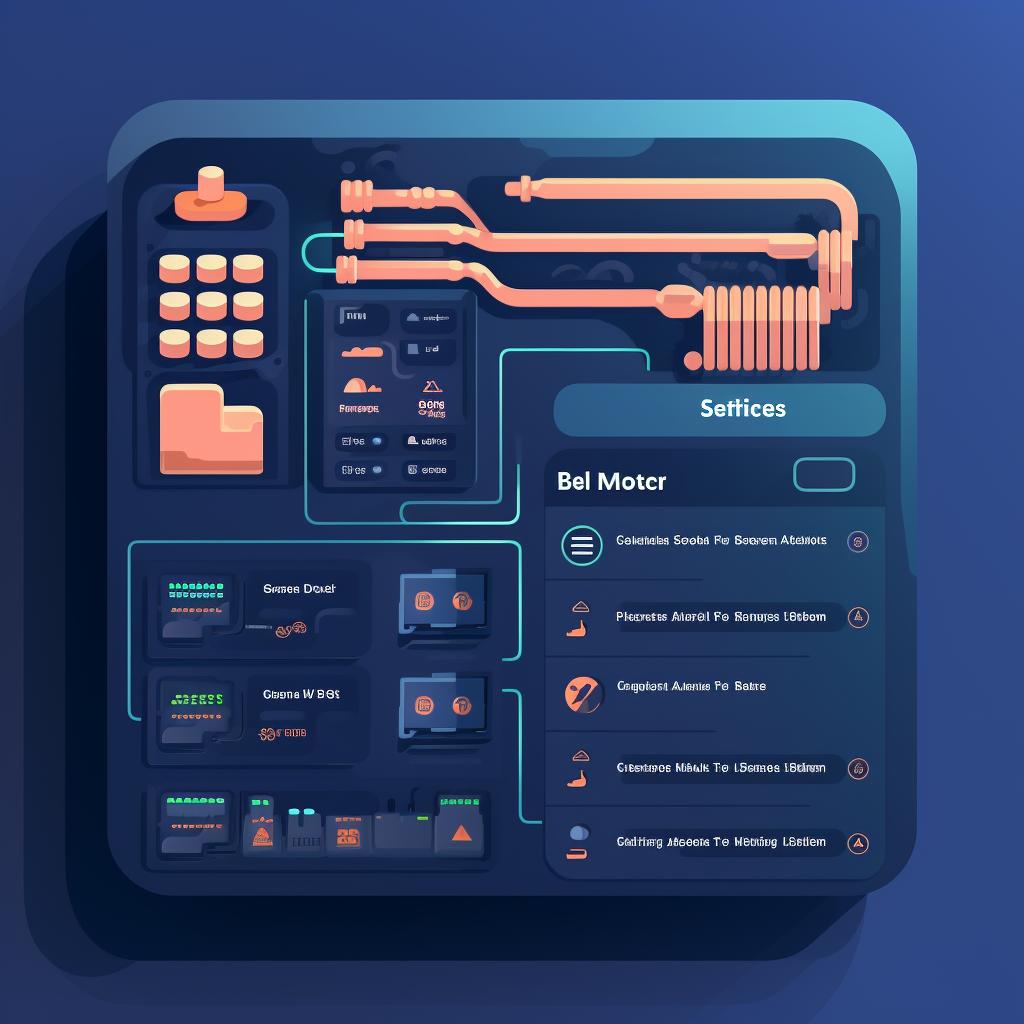Your First Ubuntu Installation: A Step-by-Step Guide - DG Micro
Embarking on your Linux journey with Ubuntu? You've made an excellent choice! Ubuntu is known for its user-friendly interface and robust community support, making it an ideal starting point for Linux beginners. Our step-by-step guide above has hopefully made the installation process a breeze for you. But remember, installing Ubuntu is just the beginning of your Linux adventure.
Once you've successfully installed Ubuntu, it's time to get familiar with the Linux environment. One of the first things you might want to learn is the basics of the Linux command line. The command line, or terminal, is a powerful tool that can help you perform tasks more efficiently, once you get the hang of it.
As you become more comfortable with Ubuntu, you might want to explore other Linux distributions. For example, Arch Linux is known for its simplicity and full control. If you're feeling adventurous, check out our guide on setting up an Arch Linux dual-boot system. This will allow you to experience a different flavor of Linux while still having Ubuntu as a safety net.
Remember, the Linux world is vast and full of possibilities. You can customize your Linux environment to suit your needs, learn to automate tasks with shell scripts, delve into Linux system administration, and much more. If you're wondering what to focus on after installing Linux, our guide on what to learn after installing Linux might help.
Finally, don't forget to join the Linux community. Whether you're facing a technical issue or just want to share your experiences, the community is always there to help. Check out our FAQ section to see what topics are covered in DG Micro and join the conversation.
Happy exploring!





